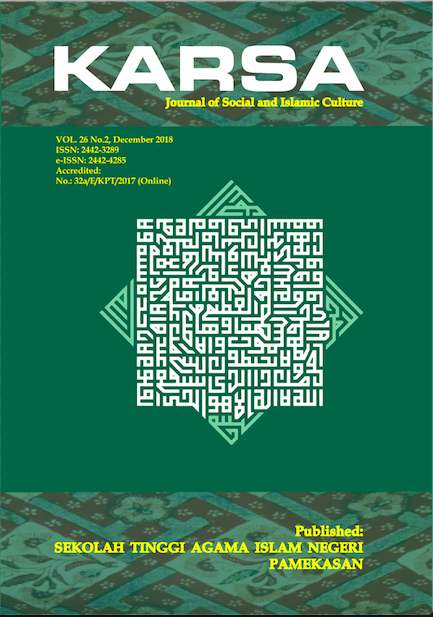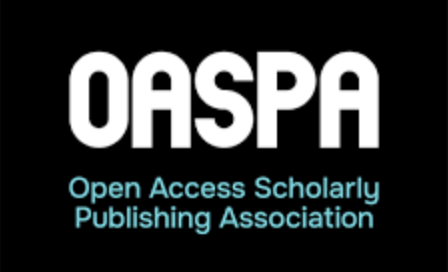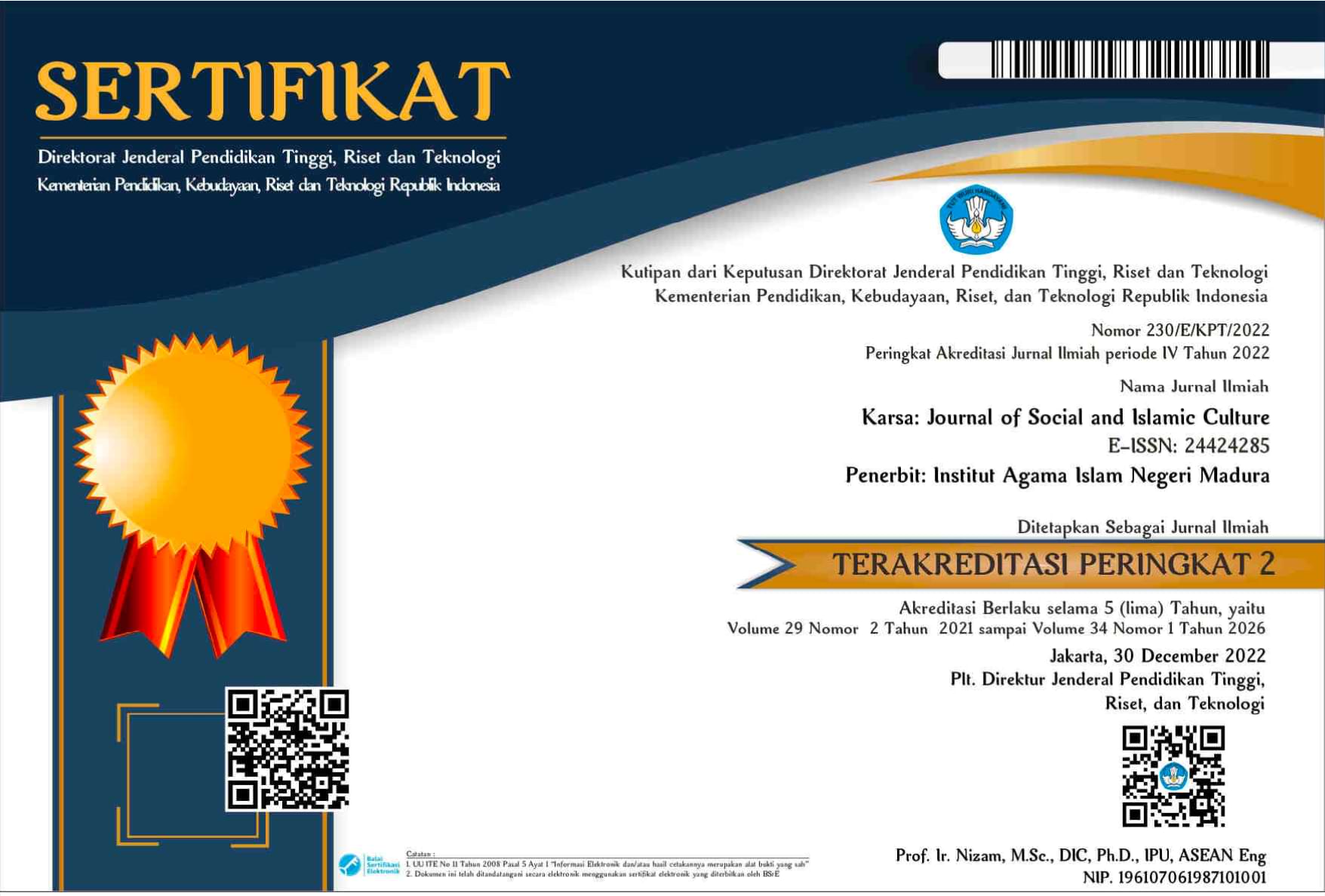Religious Understanding of Nature and Influence of Geographical Environment on Shaping Religious Beliefs and Practices within Christianity and Islam
 Abstract views: 531
,
Abstract views: 531
,
 PDF downloads: 318
PDF downloads: 318
Abstract
The present paper connects nature with religious understanding in regard to Christianity and Islam. Many studies show that religious beliefs and practices were shaped and reshaped, to many points, being influenced by a specific geographical environment. So, the paper aims to focus how nature serves continuously in generating human thought, feeling and experience especially with respect to religions. By correlating some verses of the Bible and the Quran alongside some interpretations by religious scholars, the paper attempts to explore why religious understanding of nature seems significant for preventing the natural environment from further degradation caused by uncontrolled human activities in nature. In so doing, it will be an effort to enrich the current discussions relating to religions and natural environment.
Downloads
References
Cobb, John B. Jr. Is It Too Late? A Theology of Ecology. California: Bruce/Beverly Hills, 1972.
Crosby, Donald A. A Religion of Nature. New York: State University of New York Press, 2002.
Fern, Richard L. Nature, God and Humanity: Envisioning an Ethics of Nature. Cambridge: Cambridge University Press, 2002.
Gilkey, Langdon. Nature, Reality and the Sacred. Minneapolis: Fortress Press, 1993.
Imām Muslim, Abū al-Ḥusayn ‘Asākir al-Dīn Muslim ibn al-Ḥajjāj ibn Muslim al-Qushayrī
an-Naysābūrī. Ṣaḥīḥ Muslim. trans. by Abdul Hamid Siddiqui, Riyadh: Darussalam, 2009.
Linda, De Camp. The Role of Nature in Unamuno’s Quest to maintain Faith. Pennsylvania: Pennsylvania State University, 1997.
McGrath, Alister. The Reenchantment of Nature. New York, London, Toronto, Sydney, Auckland: Daubleday, 2002.
Nasr, Seyyed Hossein. Man and Nature: The Spiritual Crisis of Modern Man. London: Unwin Paperbacks, 1968/1976.
Omar, Spahic. The Beauty of Allah’s Creation, Islamicity. Accessed Desember 2, 2016. https://www.islamicity.org/8028/the-beauty-of-allahs-creation/.
Saheeh International. The Quran, English Meanings Revised and Edited. Riyad: Al-Muntada Al-Islami Trust, 2011.
Soper, Kate. What is Nature? : Culture, Politics and the Non-human. Oxford: Blackwell, 1995.
Sumer, Sheima Salam. Lessons From The Hadith ‘All Creatures Are (Like) A Family of God…’, NewAge Islam: Mapping an Agenda for the Twenty-first Century. Accessed September 7, 2018. http://www.newageislam.com/islam-and-pluralism/lessons-from-the-hadith-‘all-creatures-are-[like]-a-family-of-god…’/d/109194.
The Holy Bible: New International Version. London, Sydney, Auckland: Hodder & Stoughton, 2002.
Whitbeck, R.H. The Influence of Geographical Environment upon Religious Beliefs. Geographical Review 5, (4) (1918)
The journal operates an Open Access policy under a Creative Commons Non-Commercial Share-Alike license. Authors who publish with this journal agree to the following terms:
- Authors retain copyright and grant the journal right of first publication with the work simultaneously licensed under a Creative Commons Attribution License that allows others to share the work with an acknowledgement of the work's authorship and initial publication in this journal.
- Authors are able to enter into separate, additional contractual arrangements for the non-exclusive distribution of the journal's published version of the work (e.g., post it to an institutional repository or publish it in a book), with an acknowledgement of its initial publication in this journal.
- Authors are permitted and encouraged to post their work online (e.g., in institutional repositories or on their website) prior to and during the submission process, as it can lead to productive exchanges, as well as earlier and greater citation of published work.





















